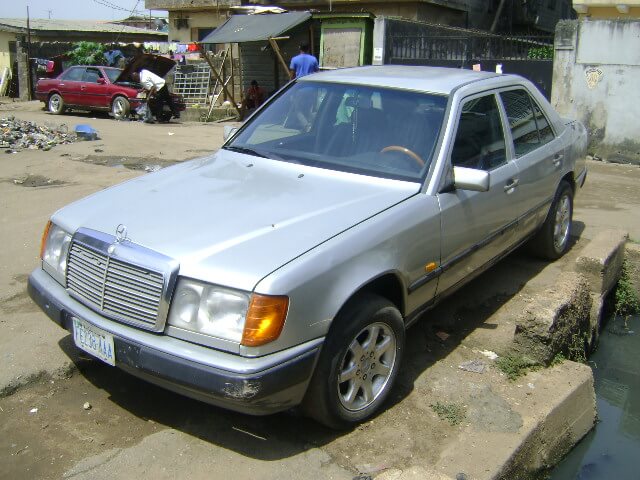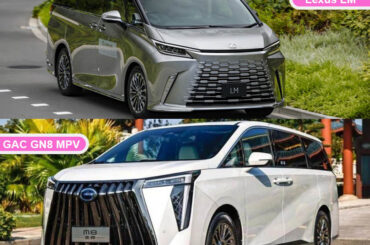When it comes to buying a tractor, whether it’s your first time buying a used tractor or you have a lot of them, you must know what you want and need, if you don’t need it, don’t buy it. There are some tractor-buying tips you should consider. But before we look at those tips let’s discuss a bit about types of tractors.
Table of Contents
EARTH-MOVING TRACTORS: They are strong, extremely heavy, and also come in both tyre and track types. They are used to relocate things such as rocks, lumber, dirt, mud, and debris.
Garden Tractors:
They are used more for grass-cutting tasks than anything else, or for creating new flower beds in a garden. They have wheels that are roughly the size of a scooter’s wheels but are much thicker.
Orchard Tractors:
The orchard-type tractor is compact usually very narrow and no part of this machine hangs or protrudes outside the surface. They are high so that the plucking of fruits becomes easy. Best of all, they can be used in various types of orchards, regardless of what you have planted there.
Row Crop Tractors:
They are good all-around tractors that can perform nearly any task you need to be done, including ploughing, harrowing, weed control, pulling the seed drills as well as utilizing machines such as threshers and water pumps. They have other advantages including good row spacing capabilities, ease of driving, provision of power take-off, and inclusion of a power lift.
We have other types of tractors but let’s focus on what to consider before purchasing a used tractor, be sure to read the following tips
1) Engine Compartment:
This is the heart of a tractor; the engine provides the power to do heavy work. Find the engine plate number and check the amount of horsepower and make sure the engine meets emission standards for your jurisdictions. Use a mechanic stethoscope, though some buyers use a screwdriver, and hold it up to the engine block. Listen for any knocking or scratching sounds coming from the engine. Check that the tractor starts easily on a cold engine, and runs well when it’s hot.
2) Repair History:
A good place to start when inspecting a used tractor is to get as much information about its repair history and performance as you can. Wear and tear should be in line with the number of hours reported on the tractor at the pedals and the carpet around the pedals, as well as the tyres for wearing
3) Check Tire Condition:
The condition of a tyre must be checked since they are expensive to replace. The tyres are designed to provide lots of traction so that the tractor can perform heavy tasks. Look out for any wear, cuts, cracks or bubbles. Also, check whether the tyre is original or remoulded. Note any uneven wear which may indicate serious problems in the tractor frame. If you don’t know how to check any of these, it’s advisable you go with an expert who knows about tractors a lot.
4) Hydraulic Pressure:
Hydraulic power is also common and can be used in several ways. Hydraulic power-steering can make turning easier, while hydraulic power is also used for lifting attachments and powering implements such as backhoes and front-end loaders. Check for leaks and poor seals when inspecting hydraulics, possible signs that damage to the hydraulics or outlets may exist. Before buying, consider the types of attachments you will be running when inspecting the hydraulic outlets and auxiliary lines. Ensure the tractor has the proper number of outlets and lines for what you need to run.
5) Inspect The Cab:
Open the door of the cab and take a look inside. Step inside and check how many hours of operation the tractor has performed. If the tractor is well taken care of and maintained, it will surely be in good shape and condition. Check if all displays, receivers, and other electronic components are in good working order. If the tractor you’re considering passes all these tests, you are absolutely good to go. But if you are still doubting, opt out!
6) Articulation Point:
Conduct both a visual and operational inspection of the articulation point. Check for any metal shards, they’re signs of wear and most likely a result of improper maintenance. For the operational inspection, start up the tractor and drive it back and forth. Next, turn the steering right and left. Check for any looseness in the steering as this may be bent or damaged and needs to be replaced.
7) Test Drive:
Yes! Just like when buying a car, you must drive and operate the car before you finally purchase it. The same thing applies to a tractor. You must check for abnormal smoke from the engine, gear noise, or chattering in the transmission, and make sure the tyres are operating as they should. Also, hydraulics should be tested, and the PTO system, air conditioning, and any leaks should be inspected.
Have 1 million naira and above to Buy or Sell Cars In Nigeria? Check carlots.ng
All rights reserved. Reproduction, publication, broadcasting, rewriting, or redistribution of this material and other digital content on carmart.ng is strictly prohibited without prior express written permission from Carmart Nigeria - Contact: [email protected]







